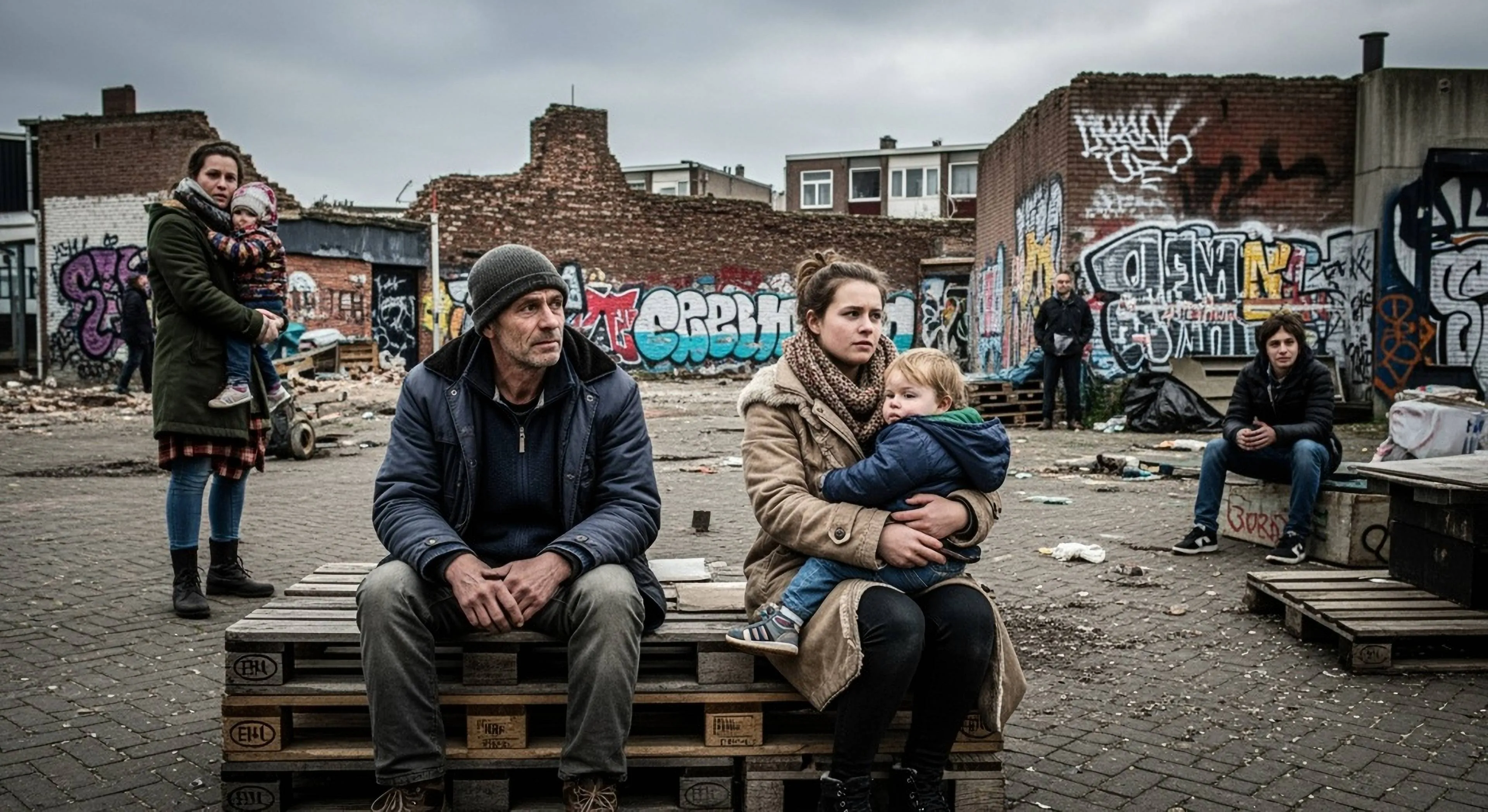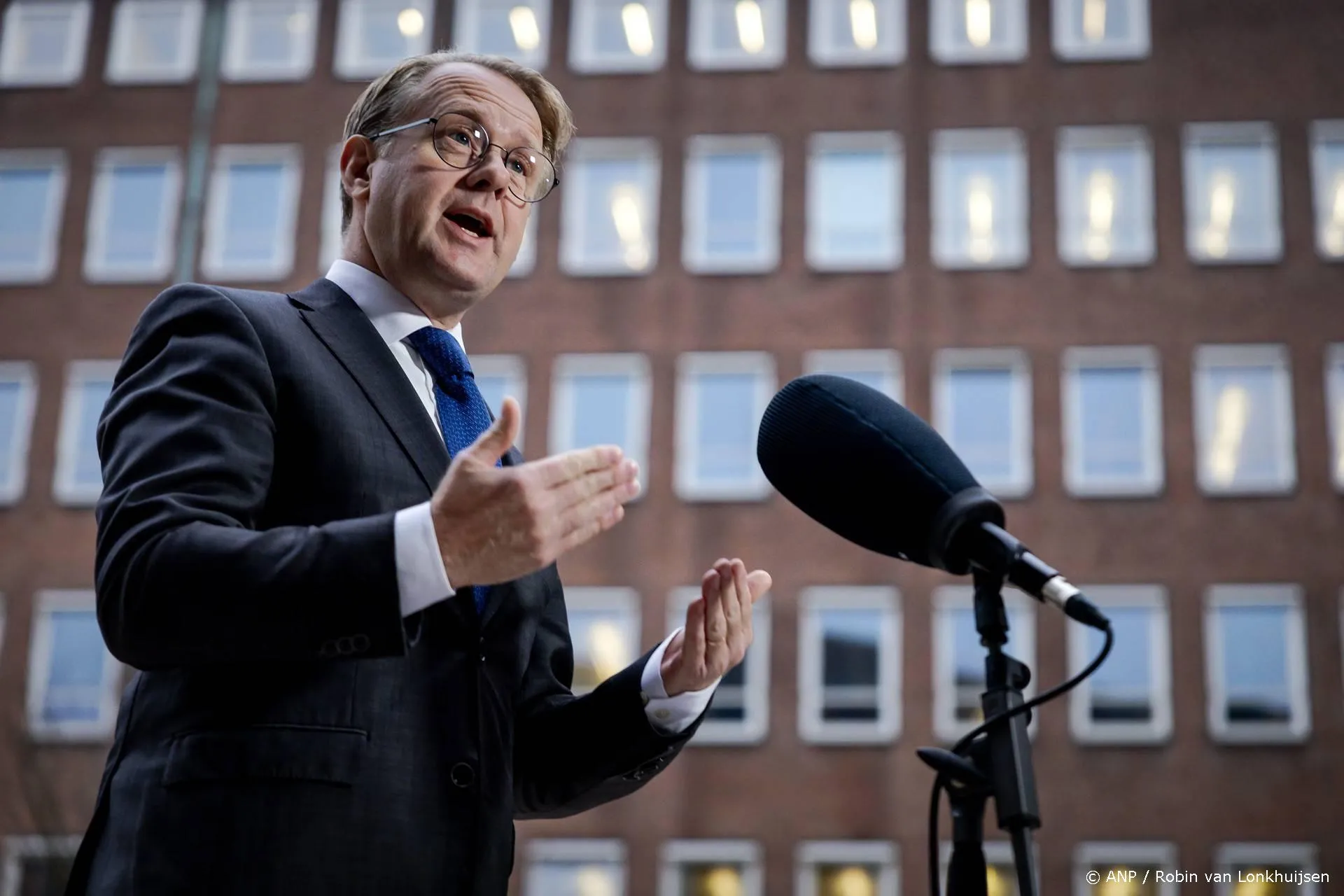Wereldwijde inkrimping zonne-energiesector
Op basis van incidentele persberichten uit diverse landen heb ik de laatste tijd verschillende keren aandacht geschonken aan de sombere vooruitzichten voor de zonne-energiesector. Tot dusver ontbrak een totaaloverzicht van de ontwikkelingen in de belangrijkste markten. Andrew McKillop, die voorheen verbonden was aan het Directoraat-Generaal Energie van de Europese Commissie, heeft deze lacune nu opgevuld met een artikel onder de titel: 'Sharp Contraction Ahead For The Solar Industry.'
McKillop:
Solar electric power was the poster child of green energy. The industry now faces a near collapse of investor support and a troubled outlook for the carbon financing that helped its soaring growth. Solar electric power was the poster child of green energy, with a cleaner, higher tech image than gaunt intrusive windfarm arrays drawing criticism even from environmentalists in favour of alternate energy, but the industry is now leading the way to green energy downsizing, industrial consolidation and restructuring.
The industry was a classic example of mushroom growth driven by massive government subsidies, uncritical policy support and a wave of investor enthusiasm, but solar power companies in Europe and the United States are now hit hard by a toxic mix of oversupply, falling orders, and panel supply at cuthroat prices from low-cost Asian competitors who themselves also face troubled times.
The industry now faces a near collapse of investor support and a troubled outlook for the carbon financing that helped its soaring growth, but in particular is being downsized by steep cuts in the massive government subsidies and financial aid which artificially boosted the industry until the past 18 months. Until 2010 and the start of 2011, industry growth rates were often running at over 20% p.a.
Company insolvencies have already swept away large numbers of the small start-ups which mushroomed in the 2006-2009 period, but the wave of company failures is now moving to the higher ground. Large company bankruptcies in the United States since late 2011 include solar cell panel makers Solyndra LLC and Evergreen Solar. In Germany, once home to the world's largest solar PV industry but now No. 2 to China, annual production capacity attained more than 12 000 MW (12 GW) in 2010 on the back of massive state subsidies and "first mover" advantage, but is set to sharply fall this year.
German solar company failures have rapidly mounted since midyear 2011. China, the "second mover" and now the world's dominant producer and exporter of solar power panels, is also facing sharp contraction of its solar industry but for several reasons German contraction may be more drastic. Initially poised to maintain its growth thrust and expand to more than 15 GW, perhaps 17.5 GW annual capacity in 2012 and employ at least 150 000 persons, German industry downsizing will transform these figures, on the downside.
Analyst forecasts suggest that direct employment in the industry may shrink below 100 000 persons this year and production capacity in 2012 is unlikely to match 2010's 12 GW, and may fall far below this.
De auteur gaat vervolgens uitvoerig in op de situatie in Duitsland en China. Ook vergelijkt hij de elektriciteitskosten van verschillende energiebronnen per kWh. Daaruit blijkt dat duurzame energie véél duurder is dan conventionele.
Hij concludeert:
With wind power, power transport system integration challenges and the unknown lifetimes of solar power plant - which may be considerably less than industry claims of "at least 30 years" - add to uncertainty on rational solar capacity growth, cause high infrastructure spending needs, and result in large investment risk premiums, making subsidies critical to continued development.
The outlook is therefore that the facade of the solar industry "toughing it out" will crack in 2012, resulting in a wave of company mergers and acquisitions, as well as simple company shutdowns and retreat from the global solar PV industry. For governments, and various vested interests including "the ecology-environment lobby", the 10-year history of boom and then slump in the solar industry should be a cautionary tale, and is a story of extreme waste of scarce resources, bad planning and clumsy execution.
Lees verder hier.
Onder de invloed van de klimaathysterie, de duurzaamheidshype, subsidiestromen en de ongefundeerde angst voor de spoedige uitputting van de fossiele brandstofvoorraden, hebben vele ondernemers zich laten verleiden tot onverantwoorde investeringen in zonne-energie. Nu zitten ze op de blaren. Dat is triest. Natuurlijk hadden ze zelf beter moeten opletten. Maar overheden, politici, wetenschappers en media die dat vuurtje hebben aangewakkerd, gaan toch niet vrij uit. Maar het is zoals zo vaak: iedereen was verantwoordelijk, dus is niemand verantwoordelijk.
Voor mijn eerdere DDS-bijdragen zie hier:
Ga verder met lezen
Dit vind je misschien ook leuk
Laat mensen jouw mening weten
Lees ook
Loading


